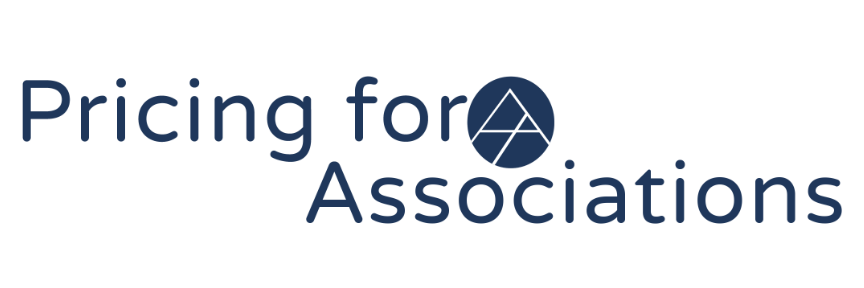Education Value Propositions
The following is an excerpt from our book, Pricing for Associations, available now on Amazon.
In the realm of associations, education is often a central pillar of membership value. Members seek opportunities for professional development and learning, making it essential for associations to present compelling education value propositions. These propositions should strike a balance between quantitative and qualitative benefits, catering to members' practical needs while also enriching their professional journey.
Quantitative Value Propositions: Measurable Learning Outcomes
Quantitative value propositions in education focus on the measurable aspects of learning and skill acquisition. They provide members with clear indicators of the practical benefits they can expect from their educational investment. Consider the following quantitative value propositions:
Course Content and Materials: Members can quantify the value of education through the volume and quality of course content and materials provided. This may include the number of courses available, the depth of resources, and the relevance of content to their industry.
Continuing Education Credits: For professionals who need to maintain certifications or licenses, the ability to earn continuing education credits is a quantifiable benefit. Members can track their progress and compliance with industry requirements.
Cost Savings: Quantitative value can also be demonstrated through cost savings. Membership may include reduced fees for courses, workshops, or webinars, allowing members to calculate their monetary benefits.
Qualitative Value Propositions: Holistic Professional Growth
While quantitative value propositions address practical learning outcomes, qualitative value propositions enrich the educational experience by focusing on holistic professional growth. These benefits go beyond the numbers, nurturing personal and career development. Consider the following qualitative value propositions:
Networking and Peer Interaction: Education often provides opportunities for members to connect with peers, mentors, and industry experts. These relationships contribute to a qualitative sense of community and support.
Mentorship and Guidance: Educational programs may include mentorship components, fostering personal growth and professional relationships. This mentorship experience is a qualitative benefit that enhances the learning journey.
Leadership and Skill Development: Qualitative value can be found in the development of leadership skills and the ability to apply newly acquired knowledge to real-world challenges. Members gain confidence and competence, contributing to their overall growth.
Recognition and Achievement: Associations frequently recognize members' educational achievements through awards or honors. This recognition boosts members' self-esteem and professional pride, offering a qualitative sense of accomplishment.
Empowerment and Advocacy: Education can empower members to become advocates and leaders in their industries. Knowing that their education equips them to make a difference fosters a qualitative sense of purpose and influence.
Successful education value propositions strike a harmonious balance between the quantitative and qualitative aspects of learning. While members seek concrete outcomes and practical benefits, they also yearn for personal growth, connections, and a sense of belonging within their professional community. By presenting a multifaceted value proposition, associations can provide a comprehensive educational experience that resonates with members and enriches their careers.


